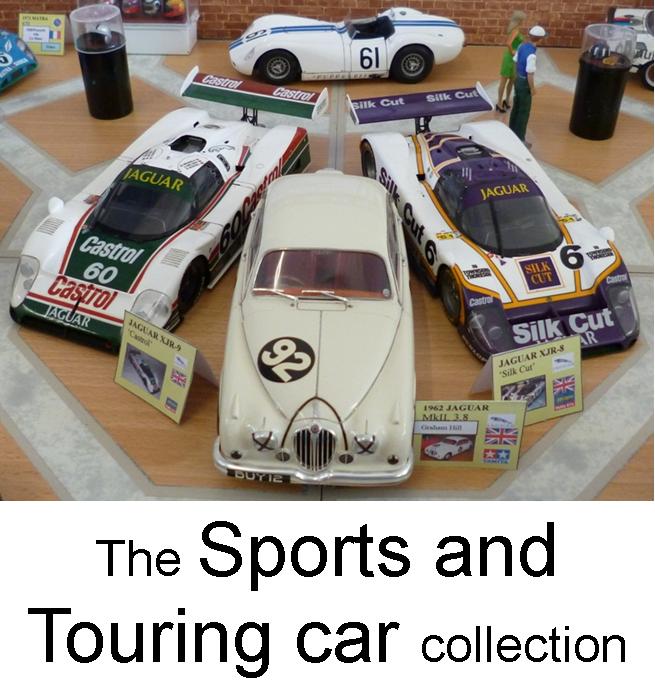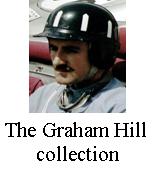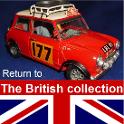
1960 “Team Speedwell” Austin Seven Mini.
The Mini, probably the best-known car in the world, was launched in 1959 as the Austin Se7en and Morris Mini-Minor. The Austin label denoted the most basic and cheapest model (harking back to the days of the old Austin Seven model ethos) with Morris models being a little more sophisticated. Wolseley (Hornet) and Riley (Elf) versions would be added to the range to take the car more up-market, then the Cooper models made gave the speed edge that propelled Minis onto the race tracks and rally stages of Europe, and later, the world.
By that time the Austin Se7en name had already been dropped, in 1962, and in turn both Austin and Morris names would disappear as the Mini became a marque in its own right. The 848cc engined Austin and Morris Mini ranges started from £497 in standard trim, making them very affordable. The range was complimented with the wood-framed Countryman (no doubt living off the successful appeal of the Morris' Minor “Traveller” version), a van and a pick-up. All still had the small 848cc engine, sufficient for the normal usage the vehicles were designed for, but never going to satisfy the younger generation or those who wanted excitement. Enter the “tuners”.
Today the Cooper branded Minis are well remembered by the general populace, so well-known that BMWs MINI cars are still marketed with Cooper branded models in the range despite having no real links to the historic Cooper Garages of Surbiton Marque. However other firms such as Broadspeed, Speedwell and others also produced tuning parts and services for sale.
To maintain the appeal of the Mini BMC increased the engine size to 997cc and the Austin Super Se7en went on sale from 1961. It had a better interior and a new slatted grille, consisting of 9 wavy horizontal bars and 12 straight vertical bars, which clearly identified the Austin model as different to the Morris version. As the specs and engine size increased, so did the price; the retail price was now almost £100 more, being £592.
While Cooper undoubtedly has the collective memory under its belt, Speedwell probably has the greater racing pedigree in actual racing. Speedwell performance Conversions Ltd. emerged from the regular lunch meetings of John Sprinzel, Len Adams and George Hulbert at the Madeleine Coffee Shop in North London.
All were motor enthusiasts although only Sprinzel had actual competition experience even though he worked at Speedwell printers. John Sprinzel was entering competitions under the name “Team Speedwell”, the name of the local telephone exchange and the printing company, and using the logo Sprinzel designed for the printing works. Len Adams ran a BMC dealership and his workshops prepared the racing car. George Hulbert was a talented engineer and when, during one of these meetings in 1957, Sprinzel was complaining about the cylinder head of the Austin A35 he was racing, George Hulbert offered to rework it for him and improve the performance.
At his next race, at the Goodwood circuit, Sprinzel won a hotly contested production car race. In a few moments of “dead time” after the race the TV commentator interviewed Sprinzel about the “amazing speed and road holding” of his little A35. The new cylinder head and the Speedwell name got mentioned repeatedly and the next morning, at work in the Speedwell printers, John got several ‘phone calls from people who wanted to know how to get their cars to perform so well.
This was the catalyst to the formation of the Speedwell Performance Conversions tuning firm officially founded in September 1957. Sprinzel took care of the administration and publicity, George Hulbert headed up the engineering and Len Adams was the sales coordinator. At the time most of the work was undertaken by Reg Venner, a rather large West Indian mechanic capable of lifting the A type engine out of the A35 all by himself! John considered Reg the “most thorough and reliable mechanic” he knew. Speedwell Performance Conversions, Ltd., would eventually outgrow Len Adams works and the company moved to 7, Accommodation Road, London, N.W.11.
Not long after the formation of the firm the original three men were joined by Graham Hill. Hill was working for Colin Chapman, as the engine manager at Lotus, who held Hill in such high regard Chapman he refused to let Hill race to the degree he wanted. Hill’s dream was to be a professional racing driver and time would not allow him to do both jobs for Lotus. So, Hill left Lotus and became the first Speedwell workshop foreman, effectively a fitter bolting the latest tuning gear onto Speedwell's competitive A35's, and customers cars. But Hill was now free to continue driving, for Speedwell (A35s and later Minis), and, BRM for whom he would become world F1 champion in 1962. John Sprinzel and Graham Hill brought much success and notoriety to the Speedwell name and the firm started looking for other avenues to exploit.
John Sprinzel led the team at Speedwell, including Frank Costin, in developing alloy-bodied Austin Healey Sprites and the Speedwell GT, a streamlined coupe bodied version of the Sprite built by Williams & Pritchard coach builders, several of which are still raced in historic racing circles today.
Sprinzel, Hill and others continued to race Team Speedwell cars successfully, winning both the British Rally Championship and the British Saloon Car Championship. By 1959 Speedwell was arguably Britain’s top performance tuning company.
At the end of 1959 John Sprinzel accepted Donald Healey’s invitation to manage the Healey Speed Equipment Division, London; Healey also promised Sprinzel a chance to race for the Healey Motor Company at Sebring and Le Mans. Healey Speed Equipment would become a very successful firm of tuners too. Graham bought Sprinzel’s shares in Speedwell and was soon "promoted" to become Speedwell’s Chairman; having a successful Lotus works driver as chairman certainly does wonders for publicity. Speedwell’s BMC A-series engine-tuning skills came to the fore at Jabbeke, Belgium, in April 1960 when Graham Hill and George Hulbert drove a special Speedwell Streamliner, a modified MkI Austin Healey Sprite with streamlined aluminium bodywork (by Frank Costin), to a Class G 1,000cc world land speed record of 132.2mph, a success drew quite a lot of attention in the motoring press considering the required target was 110.9mph.
1960 is also the year of our model. This Mini being the car driven by Graham Hill in the Farningham Trophy at Brands Hatch Kent, GB, on the 29th of August 1960. Competing in the race were Jaguars, Sunbeam Rapiers, Volvos and Ford Anglias so the field was very diverse. Jack Sears in an Equipe Endeavour entered 3.8ltr MkII Jaguar won the race from George "Doc" Shepherd driving the Don Moore Racing Austin A40. The racing was fierce at the front with the Jaguars proving to be the class of the field but Hill did Mix it being in 6th place when the 848cc engine in his Team Speedwell Austin Mini failed on the third lap of the ten-lap race.



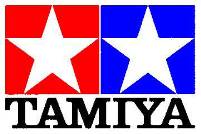
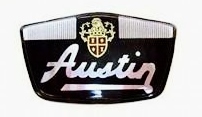





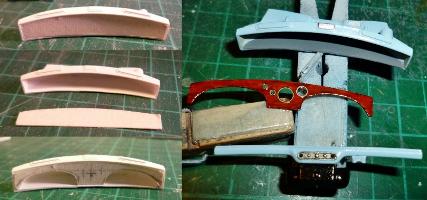

www.themotormuseuminminiature.co.uk/decal-making
